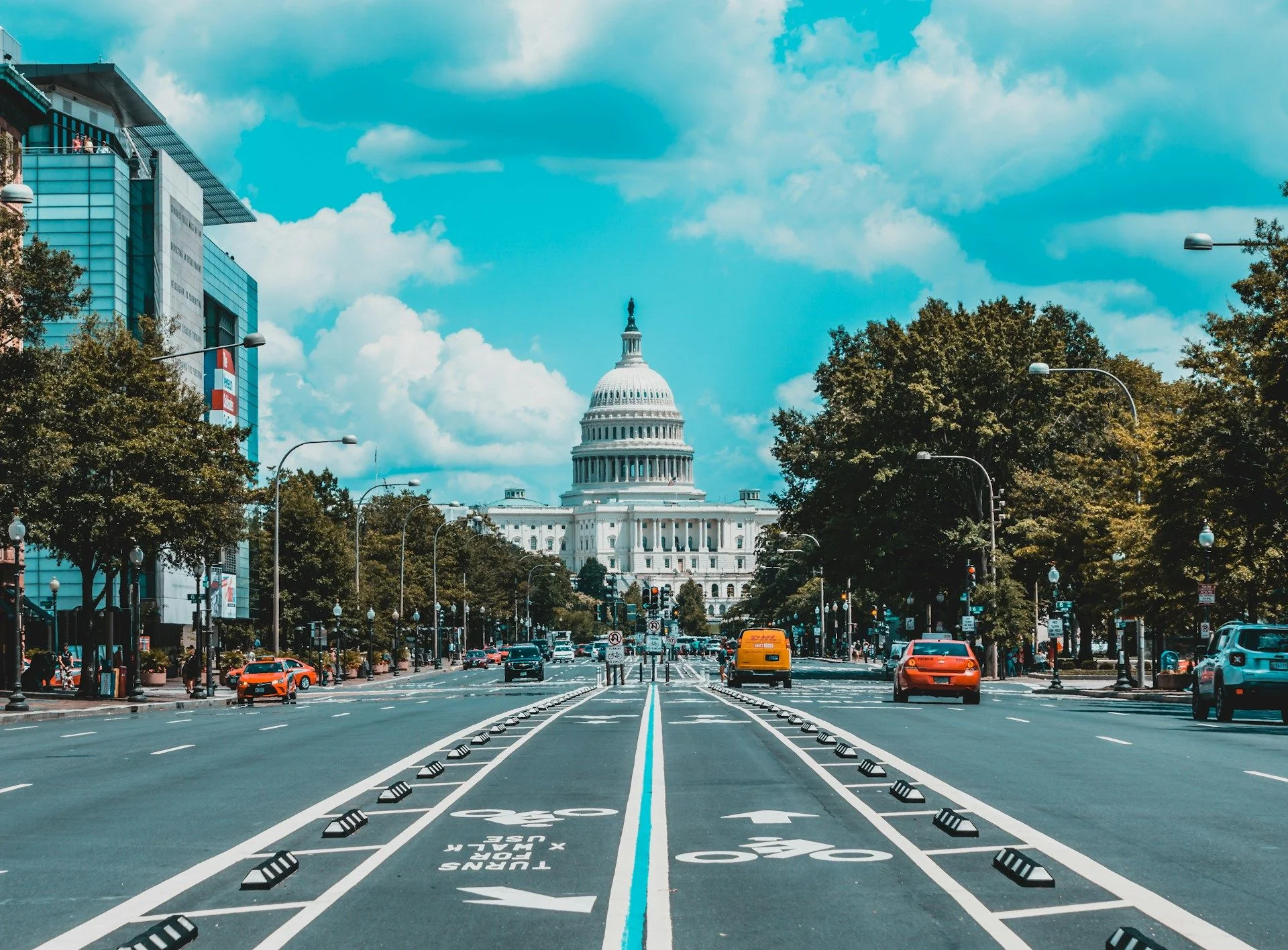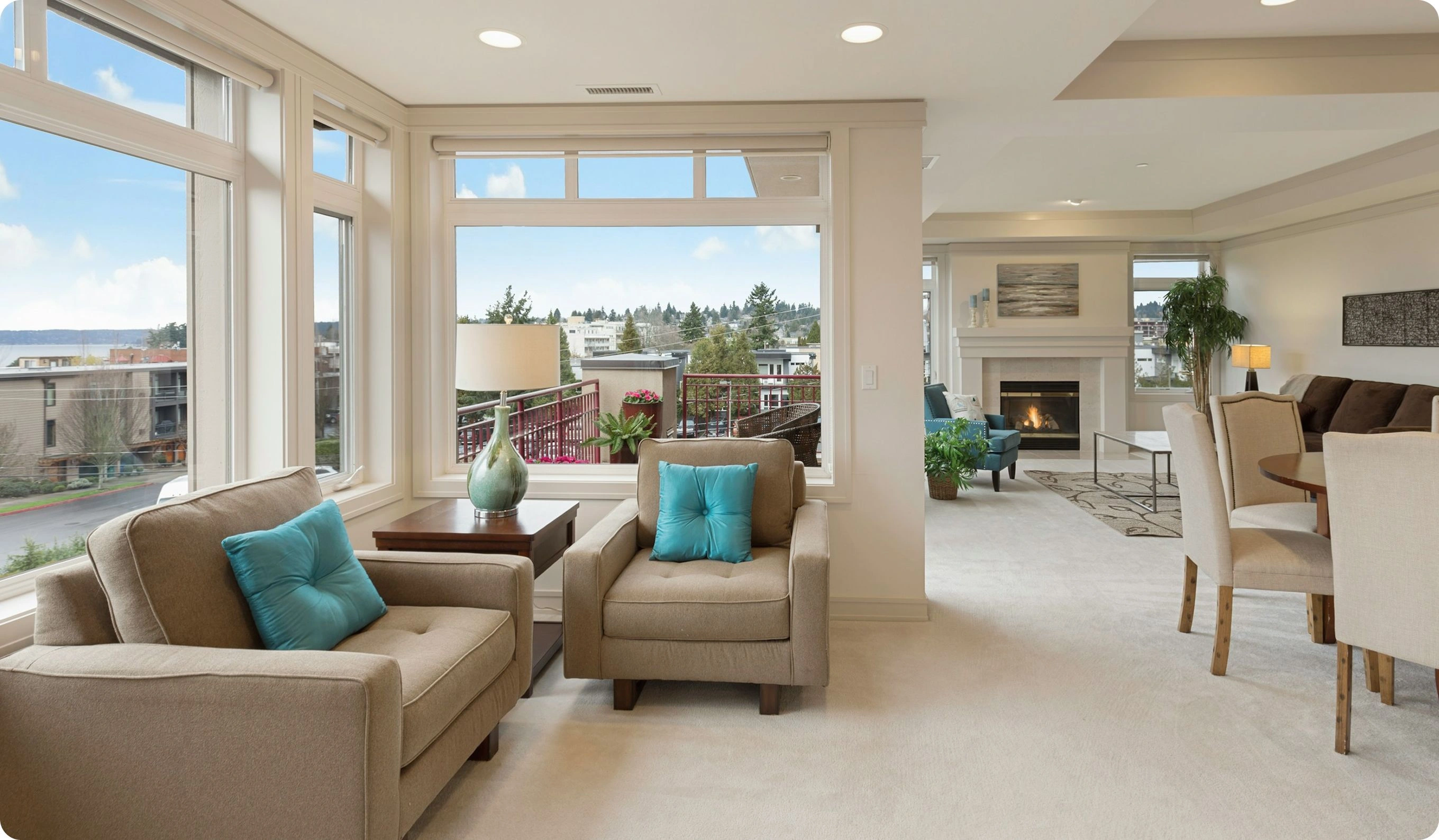Immobilier secondaire vérifié à WashingtonCapitale des décisions etélégance discrète

Meilleures offres
à Washington
Avantages d'investir dans
l'immobilier aux États-Unis

Guide pour les investisseurs immobiliers aux États-Unis
lisez ici
Des New York à Miami en passant par Austin, les États-Unis offrent tous les segments, niveaux de prix et modèles d'investissement.
Des droits de propriété clairs, une protection des biens et un accès facile aux prêts hypothécaires attirent des investisseurs du monde entier.
Le marché immobilier le plus diversifié et mature au monde
Les marchés secondaires comme Dallas, Charlotte et Tampa affichent d'excellentes performances en matière de revenus locatifs.
Un cadre juridique solide et des options de financement
En savoir plus
Des rendements locatifs élevés dans des villes en pleine expansion
Des droits de propriété clairs, une protection des biens et un accès facile aux prêts hypothécaires attirent des investisseurs du monde entier.
Le marché immobilier le plus diversifié et mature au monde
Les marchés secondaires comme Dallas, Charlotte et Tampa affichent d'excellentes performances en matière de revenus locatifs.
Un cadre juridique solide et des options de financement
En savoir plus
Des rendements locatifs élevés dans des villes en pleine expansion

Articles utiles
et recommandations d'experts
Immobilier secondaire à Washington, D.C. : Le charme historique rencontre l'influence mondiale
Le marché immobilier secondaire de Washington, D.C. offre aux acheteurs internationaux une occasion extraordinaire d'acquérir des propriétés de seconde main imprégnées du patrimoine américain et d'un poids politique majeur. Des maisons en rangée de style fédéral sur Capitol Hill et dans les rues pavées de Georgetown aux maisons de ville en brique du milieu du siècle à Cleveland Park et aux immeubles Art déco à Dupont Circle, les biens de seconde main permettent une occupation immédiate, un aménagement paysager mature et un caractère de quartier établi qu'aucun nouveau développement ne peut reproduire. Les acheteurs bénéficient d'une demande locative prouvée — allant des entrepreneurs gouvernementaux et du personnel des ambassades aux étudiants universitaires et aux professionnels de la santé — garantissant des flux de revenus fiables. De plus, la structure fiscale transparente de Washington, la stabilité relative des valeurs immobilières et les processus clairs de transfert de titre créent un cadre juridique sécurisé pour les investisseurs transfrontaliers cherchant à s'immerger dans le style de vie et à apprécier le capital à long terme dans l'une des capitales les plus influentes du monde.
Profils de quartiers et typologies architecturales
Chacun des arrondissements de Washington présente des opportunités immobilières secondaires distinctes. À Georgetown, les acheteurs internationaux découvriront des maisons en brique et en pierre des XVIIIe et XIXe siècles, dont beaucoup possèdent des caractéristiques d'époque telles que des pignons néerlandais, des plafonds à poutres apparentes et des rampes en fer forgé. Les rénovations à valeur ajoutée se concentrent souvent sur la restauration des parquets d'origine, le rejointoiement des maçonneries historiques et la modernisation des cuisines et salles de bains avec des meubles de style européen et des plans de travail en marbre — améliorations qui préservent le pedigree architectural de la maison tout en respectant les normes du XXIe siècle. À l'est du Capitole, Capitol Hill offre des maisons en rangée fédérales et victoriennes le long d'avenues bordées de lampadaires ; les investisseurs ajoutent généralement de la valeur par le biais de conversions de sous-sols, d'installations de terrasses sur le toit avec vue panoramique sur le dôme du Capitole des États-Unis et de remplacements de fenêtres écoénergétiques conformes aux directives de préservation historique.
Dans les quartiers du Haut-Nord-Ouest tels que Cleveland Park, Woodley Park et Calvert St., les acheteurs trouvent des maisons en brique et en bardeaux de style milieu du siècle avec des plans d'étage généreux, des fenêtres panoramiques et des jardins matures. Ces propriétés de seconde main invitent souvent à des conversions en espaces de vie ouverts, à des suites principales inspirées de spas et à des systèmes mécaniques modernes — tels que des mises à niveau HVAC intégrées discrètement et des thermostats de maison intelligente — pour améliorer le confort sans sacrifier l'échelle du quartier. Autour des hubs de Dupont Circle et Logan Circle, des immeubles Art déco et du début du XXe siècle offrent un charme d'avant-guerre et des agencements spacieux. Les stratégies de rénovation ici se concentrent sur la restauration des halls en terrazzo, le refinissage des entrées en mosaïque et la fusion d'unités adjacentes pour créer de grandes résidences de trois ou quatre chambres adaptées aux cadres d'entreprise multinationales et aux grandes familles.
Connectivité, moteurs de la demande et environnement réglementaire
Le réseau de transport complet de Washington soutient la résilience de son marché de l'immobilier secondaire. Les six lignes de métro de Washington et le système de Metrobus relient chaque quartier — des communautés riveraines du Sud-Ouest de D.C. aux banlieues d'Arlington et Bethesda — garantissant l'accessibilité des propriétés de seconde main. La gare Union Station et les services ferroviaires interurbains d'Amtrak relient la capitale à New York, Philadelphie et Boston, facilitant les voyages d'affaires et la demande de locations saisonnières dans les quartiers proches de Mount Vernon Square et Capitol Hill East. L'aéroport national Reagan de Washington et l'aéroport international Dulles assurent une connectivité mondiale essentielle pour les expatriés, les diplomates et les voyageurs d'affaires internationaux.
L'économie diversifiée de la ville soutient une forte demande résidentielle. Les agences fédérales et les entrepreneurs ancrent une occupation stable, tandis que la présence d'ambassades internationales le long de Massachusetts Avenue — connue sous le nom d'Ambassy Row — privilégie les baux constants avec le personnel diplomatique. Des universités de renom — Georgetown, George Washington et l'Université Américaine — attirent des milliers d'étudiants chaque année, suscitant la concurrence pour les maisons de seconde main à Foggy Bottom, Glover Park et près de la station de métro Van Ness–UDC. Les corridors en forte croissance consacrés à la santé et à la biotechnologie le long de Rock Creek Park et du Navy Yard élargissent encore la base des locataires, attirant les chercheurs et les professionnels de la santé à la recherche de condos de seconde main dans des développements à usage mixte tels que The Yards. Les locations saisonnières saisonnières bénéficient du calendrier des festivals de la ville, y compris le Festival national des cerisiers en fleurs et le Festival Folklife de Smithsonian, renforçant les rendements dans les appartements de seconde main situés au centre.
D'un point de vue réglementaire, les investisseurs internationaux trouveront le régime fiscal immobilier de Washington et le processus de clôture transparents. Les acheteurs non-résidents peuvent obtenir un financement par le biais de banques américaines et internationales, nécessitant généralement des acomptes de 25 à 30 %. Les polices d'assurance de titre conformes à l'American Land Title Association (ALTA) protègent contre les litiges de propriété, et les enregistrements de titres et d'hypothèques auprès du D.C. Recorder of Deeds assurent des transferts clairs. Les taux d'imposition foncière sont d'environ 0,85 % de la valeur évaluée, et les propriétaires peuvent être éligibles à des déductions pour résidence principale. Des lois solides sur les propriétaires et les locataires équilibrent les protections des occupants avec les droits des investisseurs, maintenant des revenus nets d'exploitation sains sur le marché locatif secondaire.
VelesClub Int. offre une expertise de bout en bout pour l'immobilier secondaire à Washington, D.C. Notre processus commence par une analyse de marché sur mesure — en exploitant des données propriétaires et des réseaux locaux pour découvrir à la fois les opportunités de revente listées et hors marché dans vos quartiers cibles. Notre équipe juridique gère des vérifications diligentées minutieuses avec le D.C. Office of Tax and Revenue et le Recorder of Deeds, vérifiant les transferts de titre clairs et garantissant la conformité avec les réglementations de préservation historique et de zonage. Pour les clients cherchant à entreprendre des rénovations, nos équipes internes de design et de gestion de projet élaborent des plans d'amélioration sympathiques — de la restauration des façades à Georgetown aux intégrations smart-building dans les lofts de Navy Yard — et supervisent des entrepreneurs locaux certifiés à chaque phase pour garantir qualité et respect des délais. Les solutions de financement sont structurées par le biais de partenariats avec des institutions bancaires américaines et internationales de premier plan, offrant des packages compétitifs pour les prêts hypothécaires et les prêts de rénovation. Après l'acquisition, notre division de gestion immobilière s'occupe de la recherche de locataires, de l'administration des baux, de la coordination de maintenance et de rapports de performance transparents via un portail numérique sécurisé — garantissant que votre investissement à Washington, D.C. offre à la fois une expérience capital immersive et des rendements financiers durables à long terme.